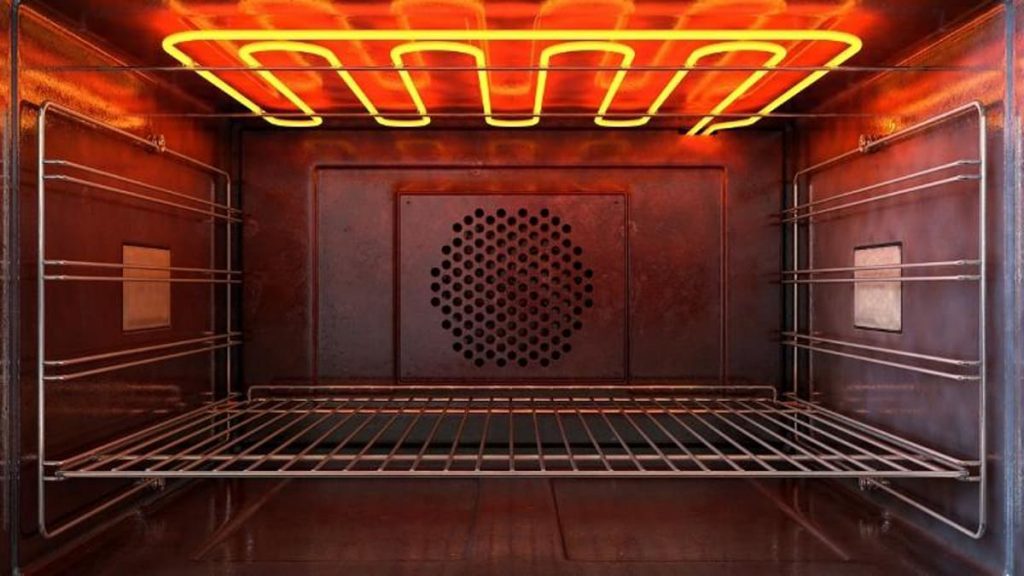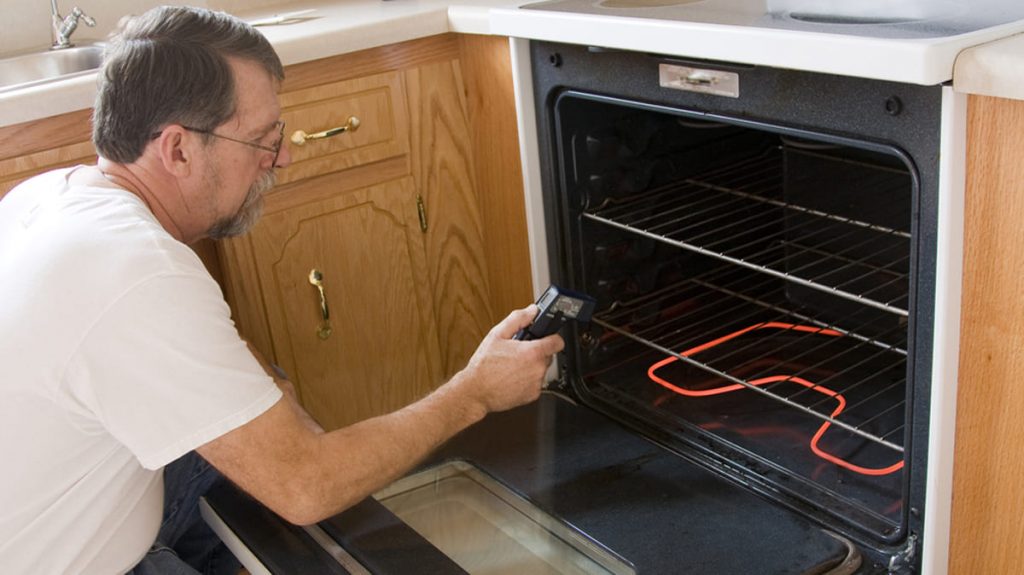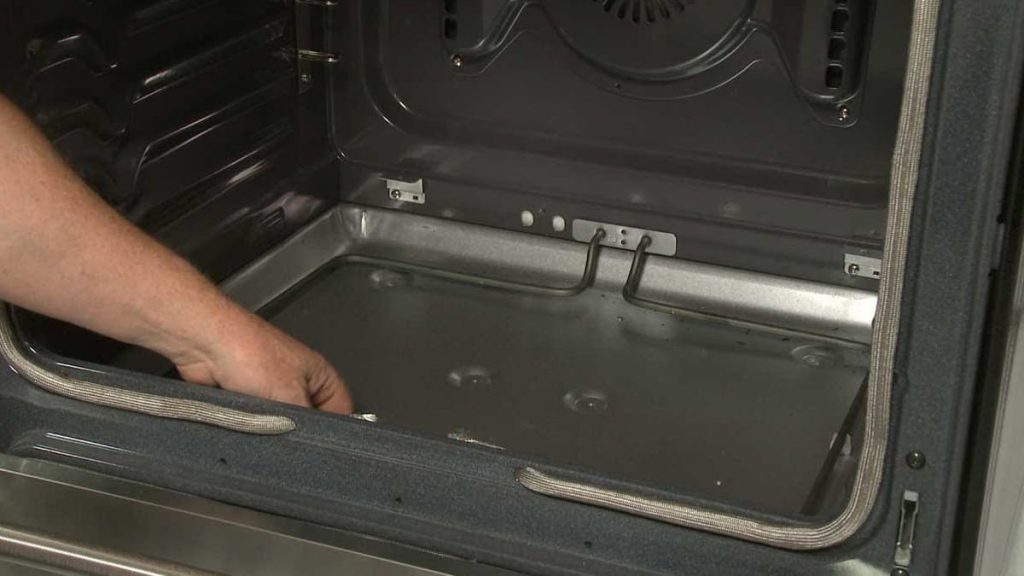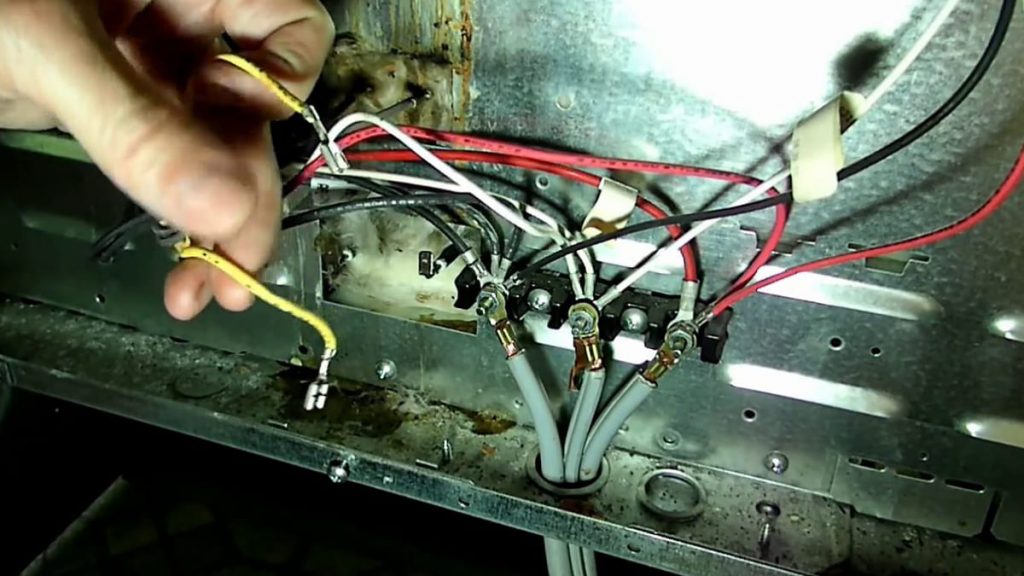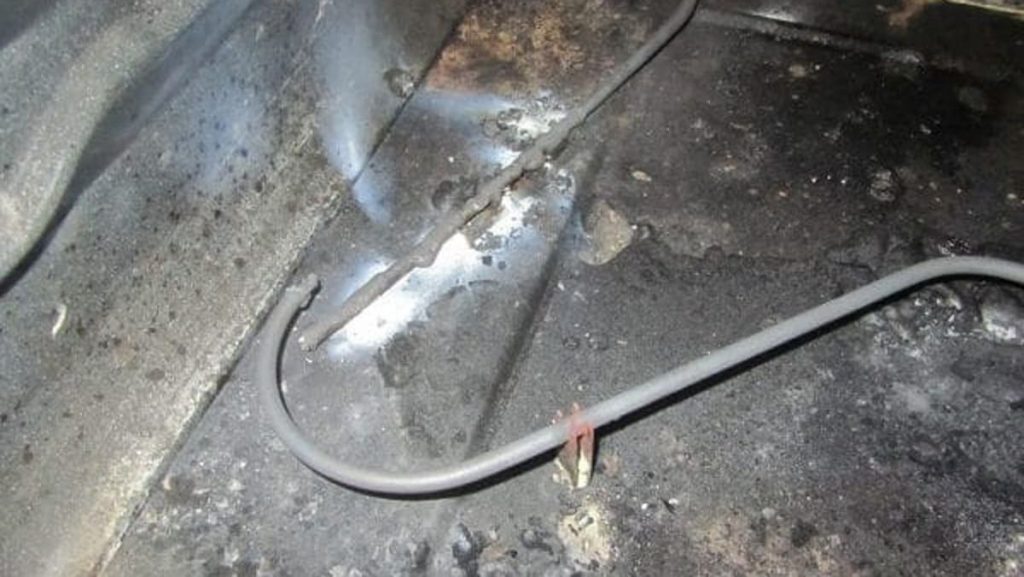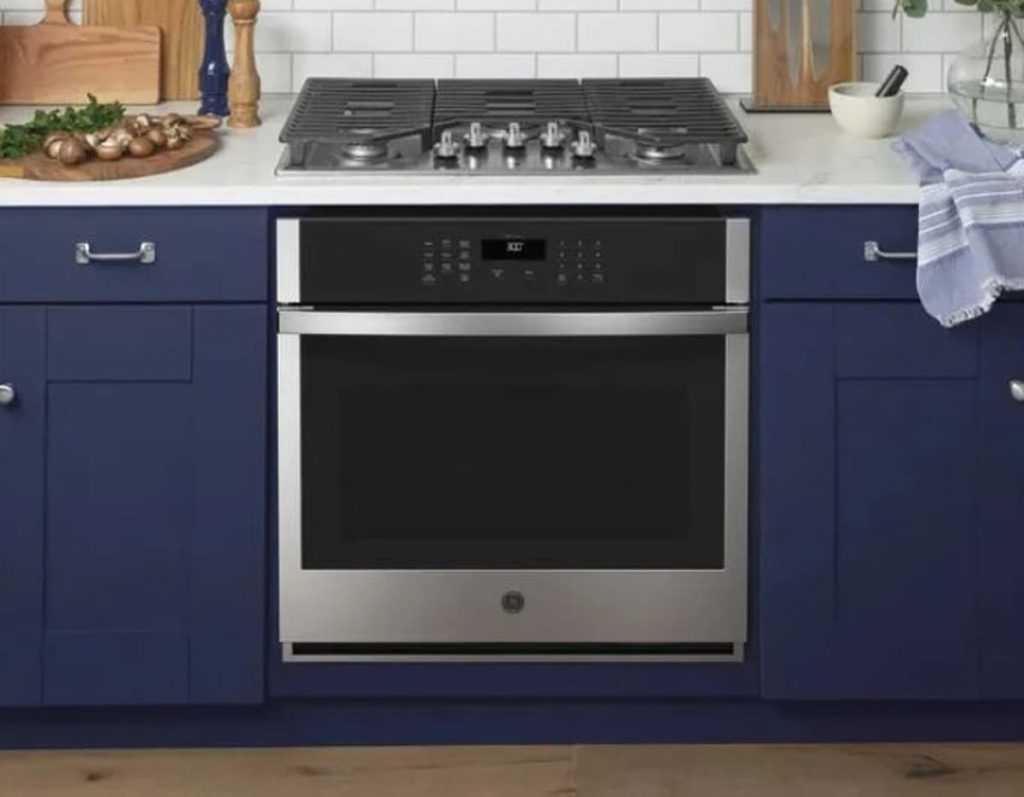Electric ovens are popular with modern people. They are easy to operate and safe. However, once switched on, they require a certain amount of time to heat up. If the appliance heats up too slowly, this may indicate a problem within the system. Consider in which cases slow heating is normal, and in which the help of a specialist is required.
Electric ovens with hidden heating elements heat up more slowly than others. But if during the operation of the device there is a leak of hot air or there are problems with the power supply, it is not worth talking about normal functioning. In addition, slow operation may indicate worn heating elements or a malfunctioning control board.
Heating time
Before saying that the oven is really slow to heat up, it is important to check the heating time. The exact time depends on the specific device model. Each manufacturer creates a unique product, and you should not expect the same characteristics from different models. We suggest studying the average heating rates of standard ovens:
- It will take 15 minutes to heat up to 350 degrees Fahrenheit.
- It takes 17 minutes to reach 400 degrees Fahrenheit.
- The oven will heat up to 450 degrees Fahrenheit in 22 minutes.
In the instruction manual, manufacturers often indicate information about the heating rate. It is worth reading the enclosed brochure. This is the only way you can get reliable information regarding your particular device.
If all the components of the device, namely the cord and socket, are in order, then it is worth trying to reset the programs and turn off the power, and then turn it on again. After that, there is a chance that everything will return to normal.
It is important to take precautions
Before attempting to repair the instrument yourself, you must take care of the following precautions. This will protect you from possible injury, from burns and electric shock.
Before starting repair work, you should prepare:
- Disconnect the device from the power supply, or turn off the special circuit breaker.
- Wait for the oven to cool down for an hour.
- Wear protective gloves.
- Do not touch the glass and metal parts to avoid burns.
In order not to encounter such troubles, we advise you to operate the device strictly according to the instructions.
If you want to carry out repair work yourself, you must understand the operation of electrical appliances. Complicated breakdowns are best entrusted to a specialist with experience.
Reasons why an electric oven heats up slowly
We list 5 common reasons that affect the heating of the oven.
Hidden heating elements
Different models of electric ovens are made differently. They differ not only in performance, but also in the internal arrangement of elements. The device can heat up slowly or quickly, depending on its design features. If you understand that your new technique heats up more slowly than the old one, then pay attention to its heating elements.
Some models have hidden heating elements. This is done in order to improve the appearance of the device. Such ovens “by default” heat up slowly. This is not a sign of a problem. If you want to cook food in an oven with fast heating, then buy models with open heating elements.
Hot air leaked
Slow heating of the oven may indicate internal problems. One of these is hot air leakage. This appears quite simply. You will feel heat when standing near the appliance, and the surface of the surrounding furniture will become hot. Electricity consumption will increase, and the temperature inside will not correspond to normal values. In this case, it is important to check the oven for leaks.
The problem of tightness arises for two reasons:
- Damaged door seal. You can replace it yourself by purchasing a similar part from the manufacturer. If you do not know how to purchase a product correctly, take a seal and show it to the seller in the store.
- Damaged oven hinges. Because of this, the door does not fit snugly against the opening, respectively, a leak occurs. Heat cannot stay inside and goes out. The same thing happens if the hinges are broken or bent.
In both situations, the solution to the problem is quite simple. Worn out parts must be replaced with new ones. The process of replacing hinges can seem laborious. To do this, you will need to remove the door, install the parts and re-attach the door.
Power supply problem
An oven power problem is another common malfunction. An electric oven works in a different way than other appliances. Before dealing with the situation, we advise you to check the power at the outlet. The circuit breaker may have tripped or the contacts burned out. Along with this, it is worth checking the integrity of the power cord or the operation of the fuse.
Let’s say the outlet or cord is really broken. This means that the oven will not be able to receive full power. In this case, the device will heat up, but rather slowly. This will take longer than usual.
To solve the problem with a lack of power, you need to fix the outlet and the rest of the wiring. Remember that careless handling of electricity can cause injury. If you cannot fix the problem yourself, then call the wizard.
Those who prefer to deal with breakdowns on their own will need a voltmeter. With it, you can measure the voltage in the outlet. To further check, you will need to remove the back cover of the oven. An ohmmeter is used to measure resistance.
Wear of heating elements
Oven heating elements fail over time. Their service life depends on several factors. The cause of the malfunction may be related to the oxidation of the material or the loss of mechanical strength.
If the heating part is damaged, the chamber will heat up slowly and unevenly. In modern models, the elements are under the bottom. Their dismantling can be problematic, especially if the device is built-in. For free-standing models, a complete disassembly with removal of insulation will be required. That is why it is better to entrust the repair and replacement of heaters to professionals.
If you plan to carry out repairs on your own, then follow the instructions:
- Disconnect the device completely.
- Remove facing panels.
- Unscrew the central screw from the mounting plate of the heaters.
- Remove the contacts from the holes while wearing protective gloves.
- After removing the tips, you need to remove the heating element and lay it on the floor.
Next, you need to replace the old parts with new ones. After that, you can check the performance of the device.
Malfunction of the main control board
If you have not identified any of the above problems, then pay attention to the operation of the main control board. The control unit is the “brain” of the entire system. The functioning of all equipment depends on it. The board controls the heating and also controls other functions.
We list the reasons why the control unit may fail:
- A short circuit or power surge has occurred. This damaged the internal components of the system.
- Excessive heat has accumulated in the main board case and damaged the part.
- The board stopped transmitting enough power to the heating elements to heat the oven.
- The board mistakenly activates the fan when it is not needed. As a result, the oven tries unsuccessfully to increase the heat.
If you understand that the problem lies in the control board, then you need to replace it with a new one. But, unfortunately, it will not be practical to change this detail.
Violation of the rules of operation
Not all owners of electric furnaces follow the rules of operation. The lack of a normal connection to the network, damaged contacts, ignoring the rules of care – all this leads to rapid wear of the device and reduces its service life. If you use the device carefully and avoid power surges, then it will serve you for decades.

